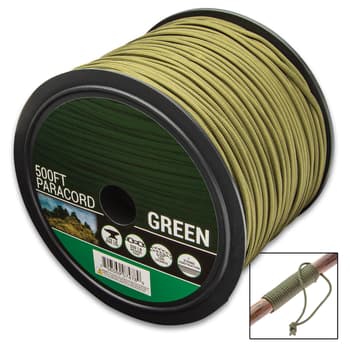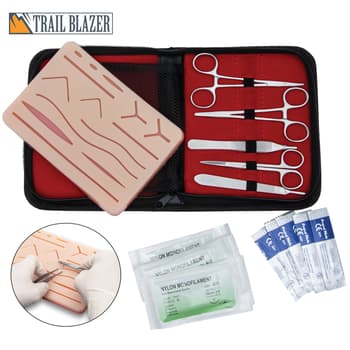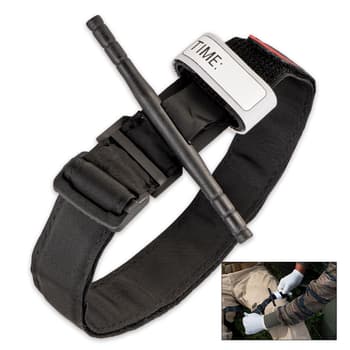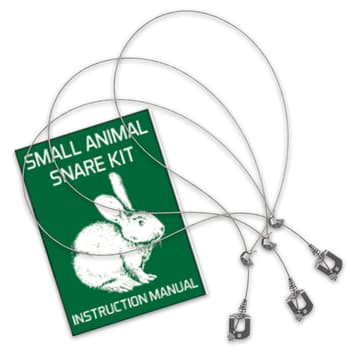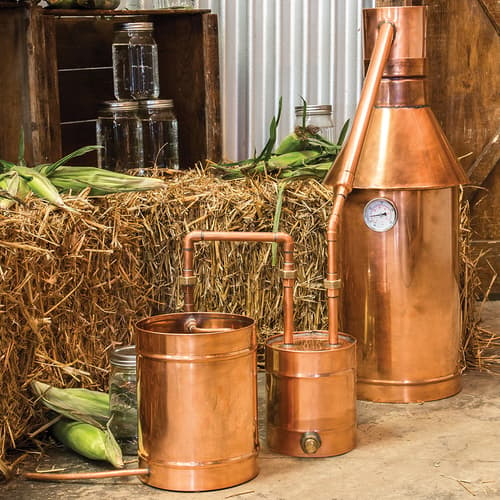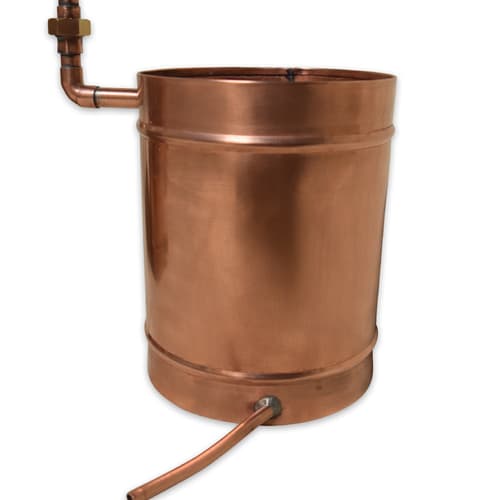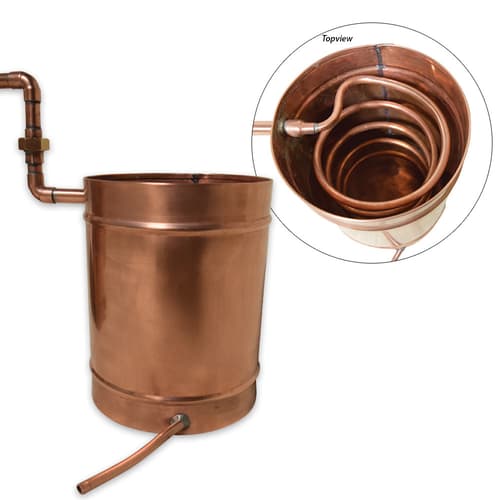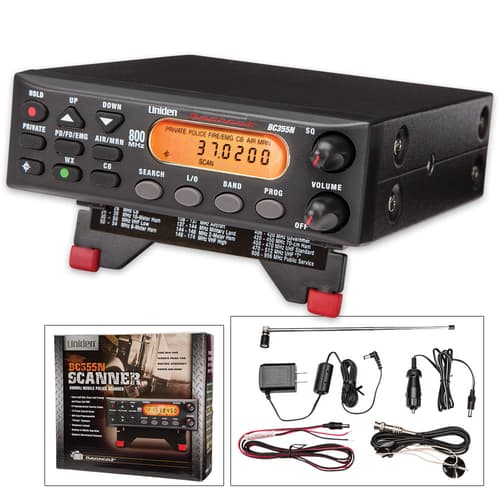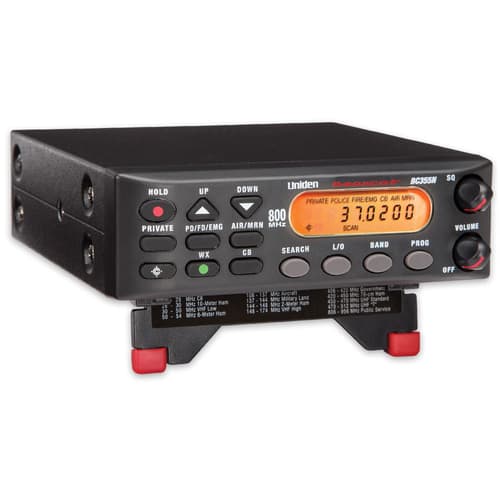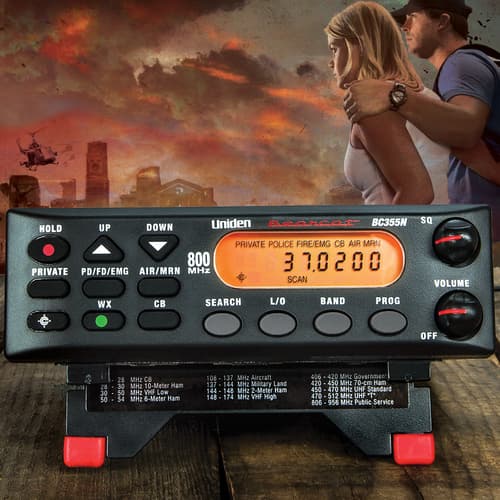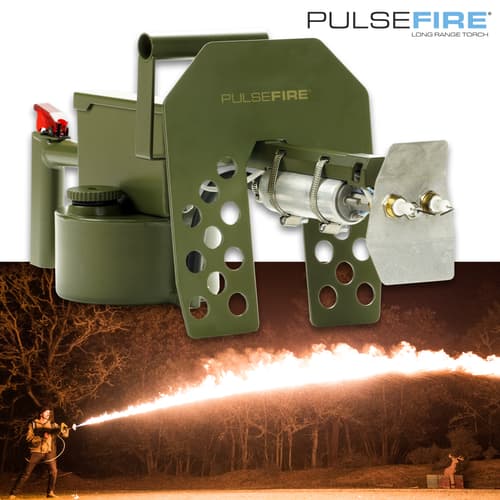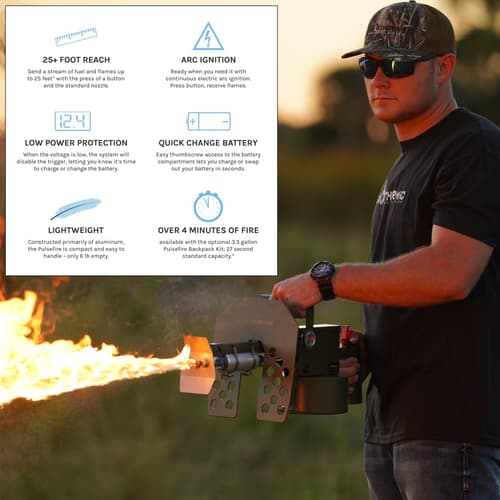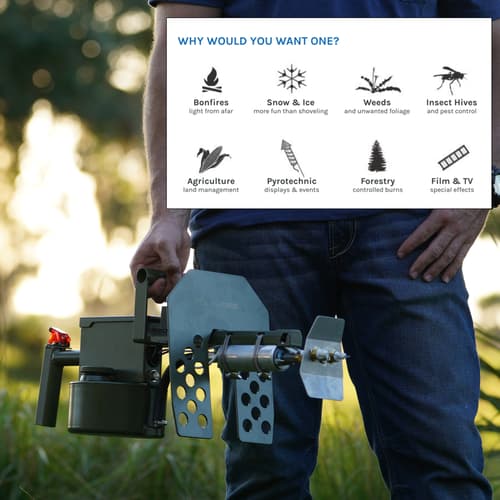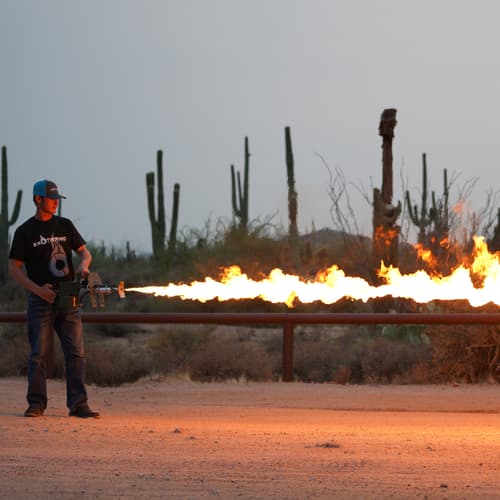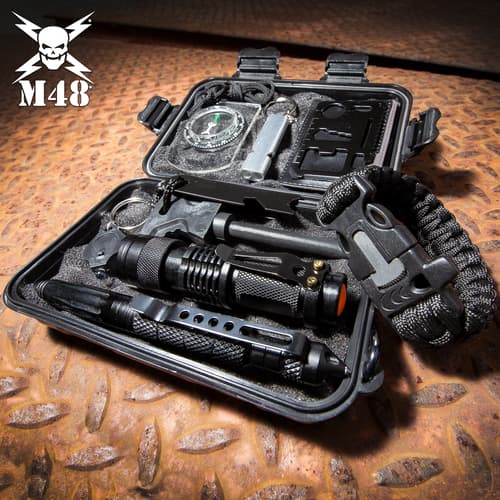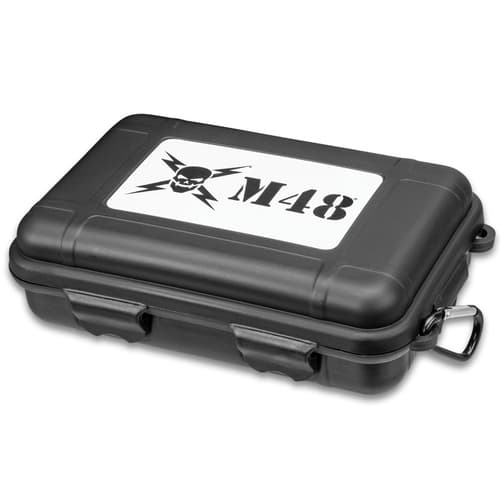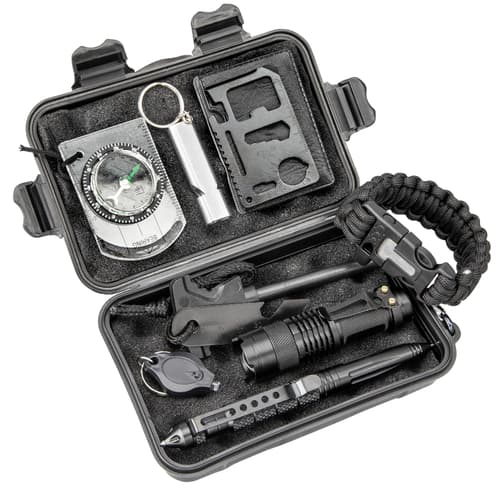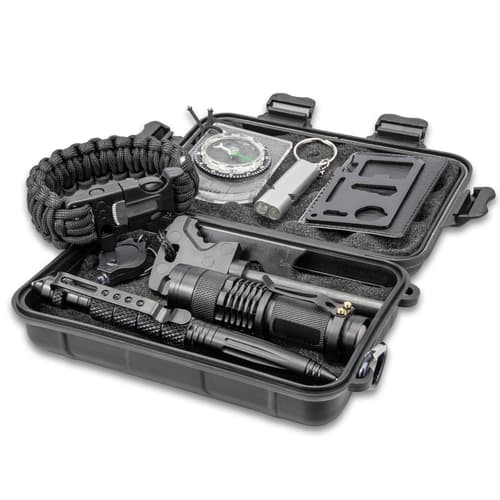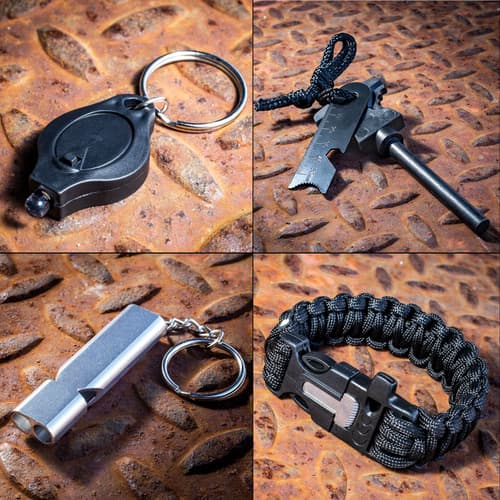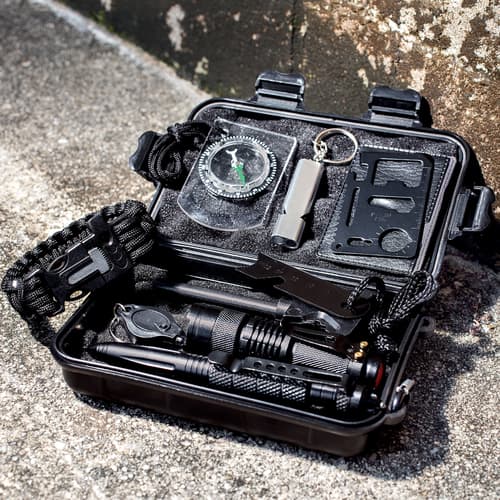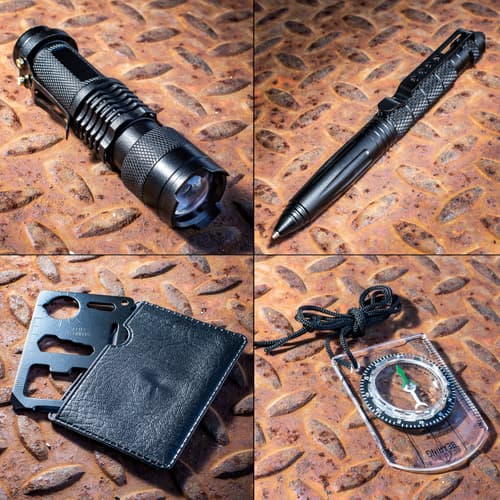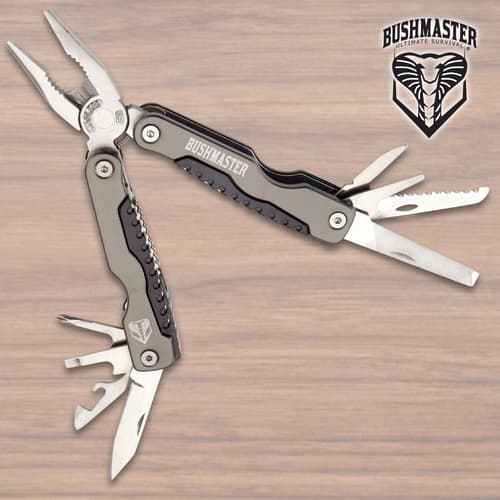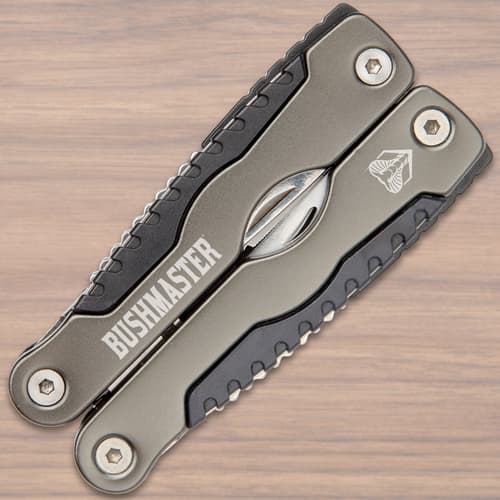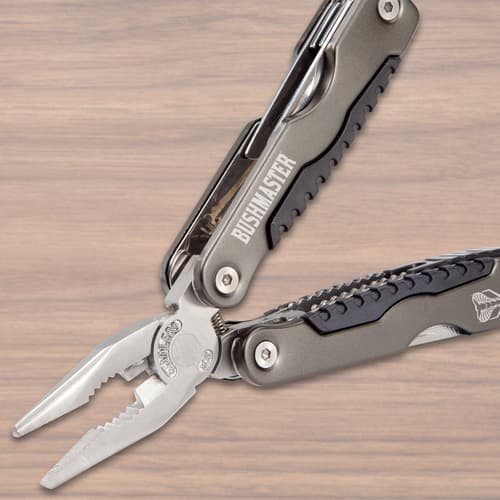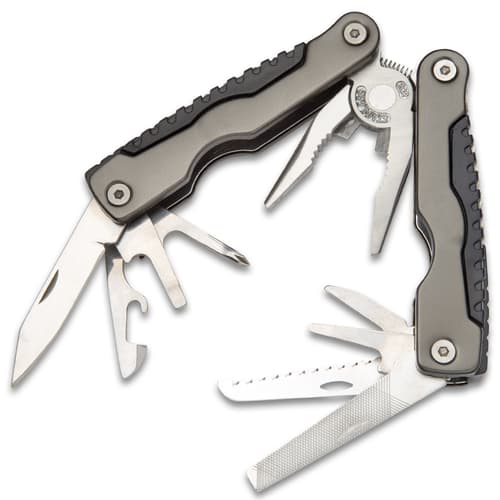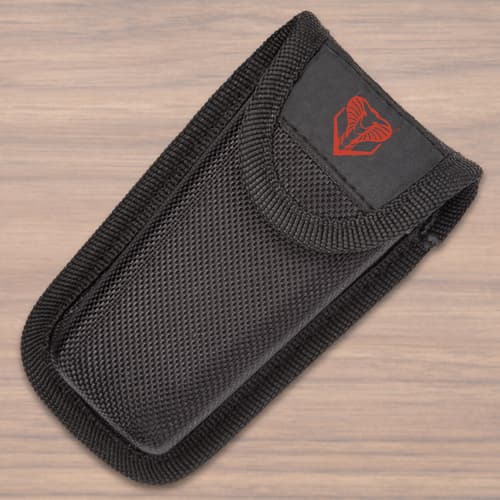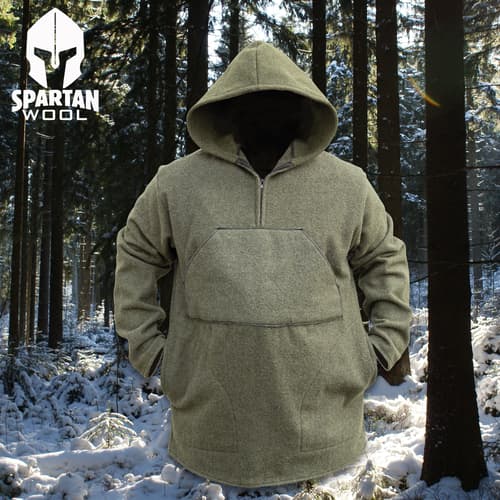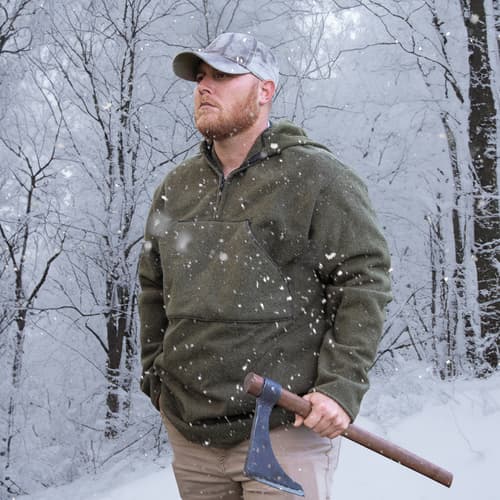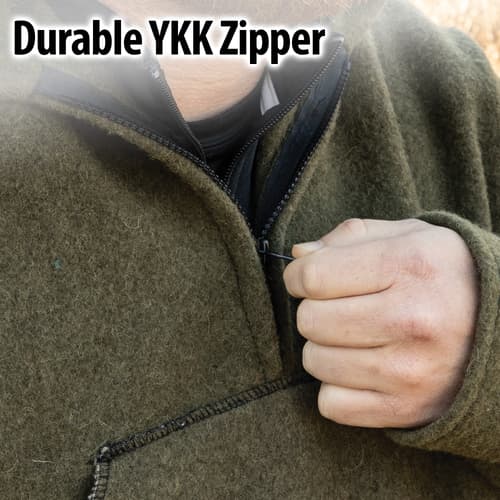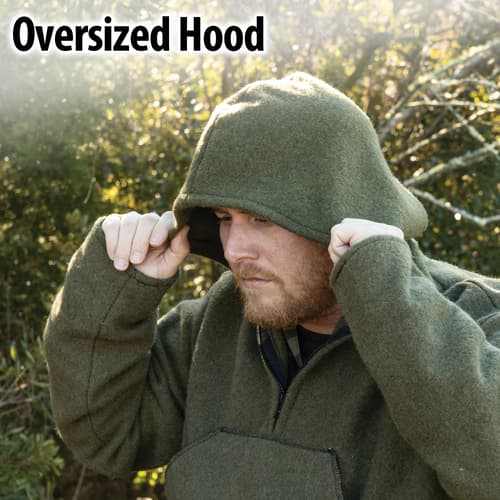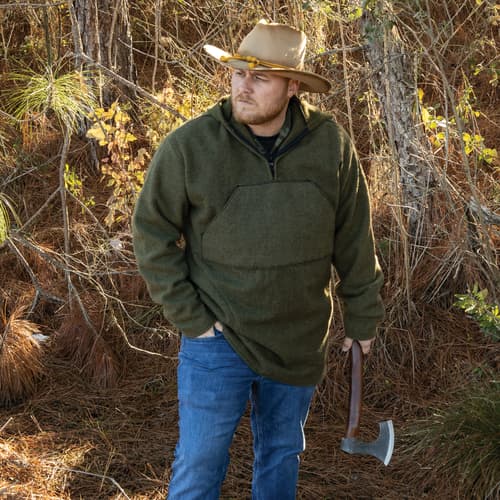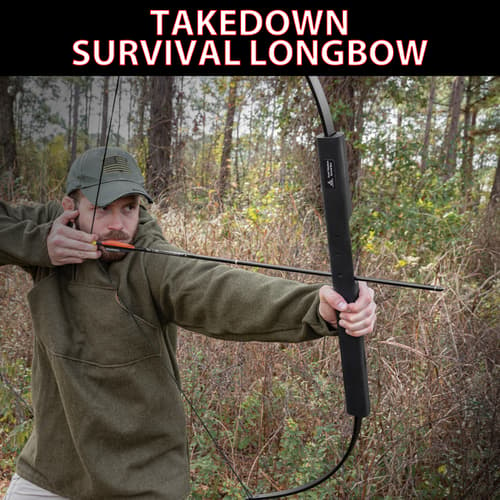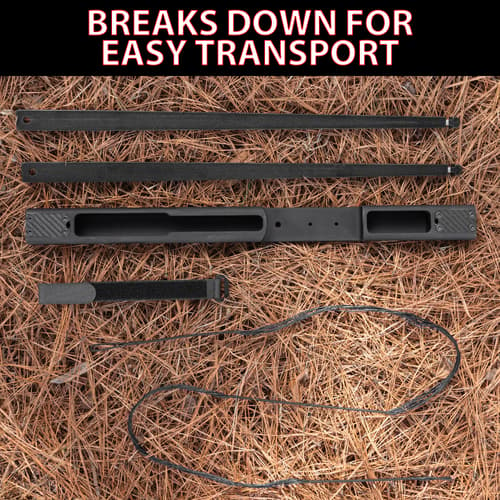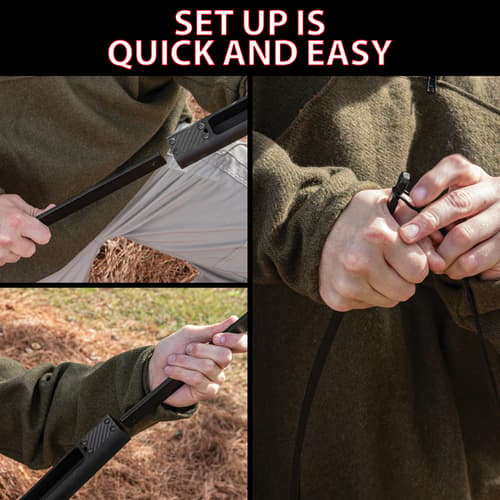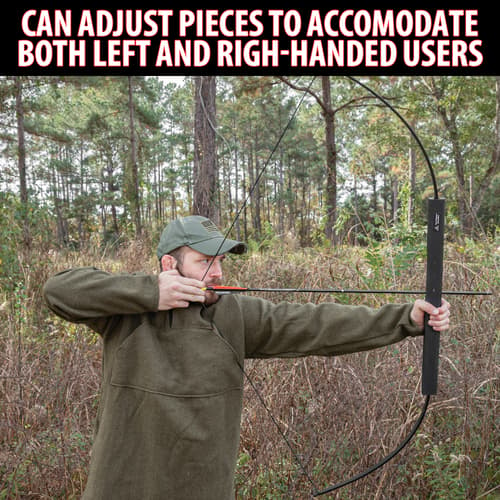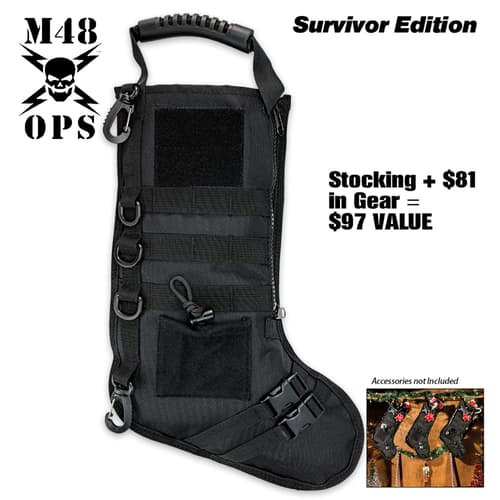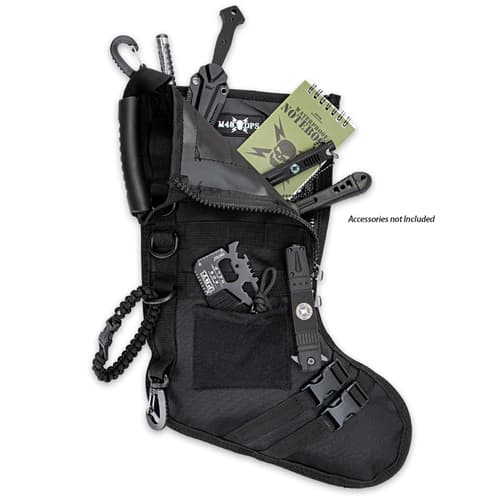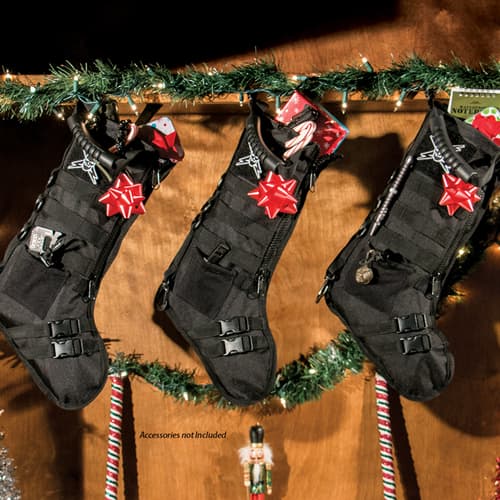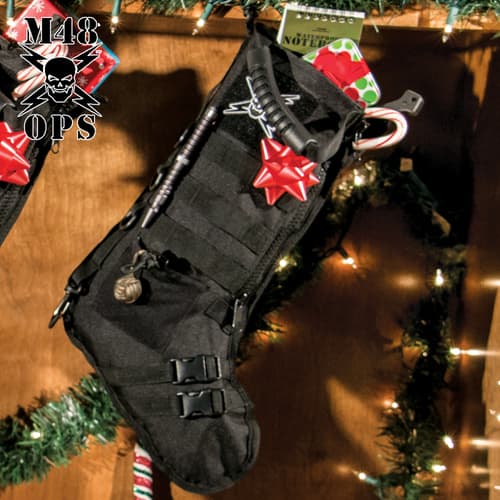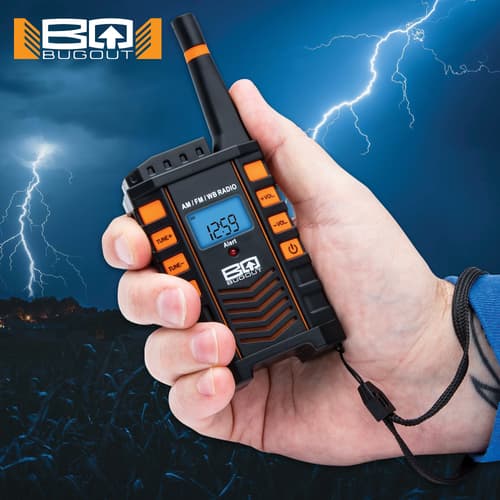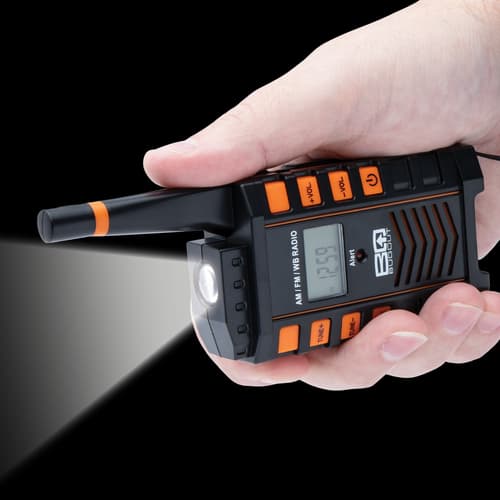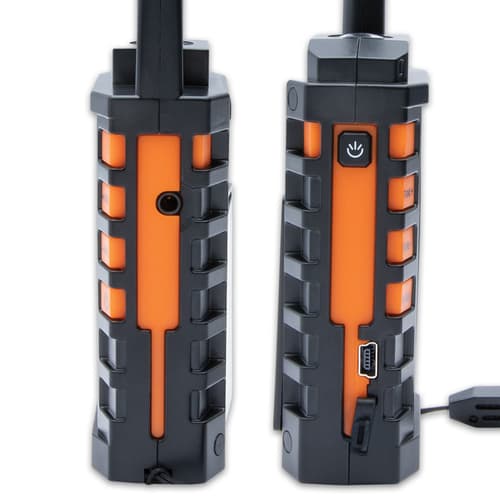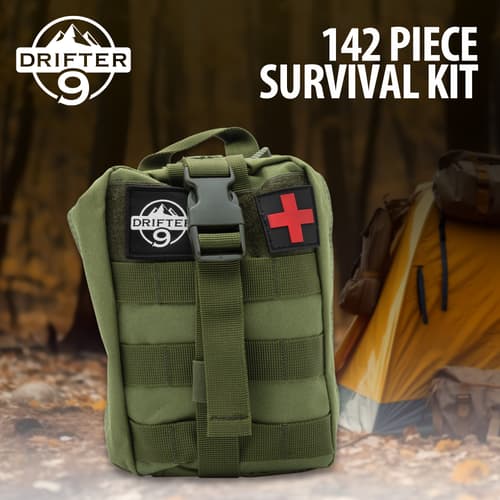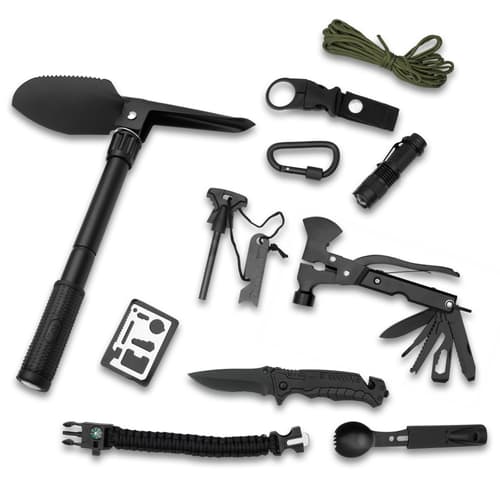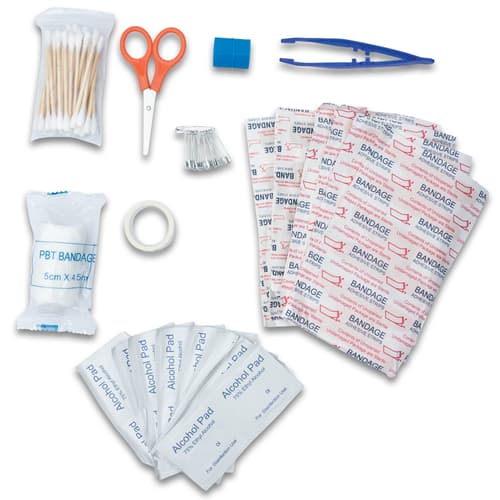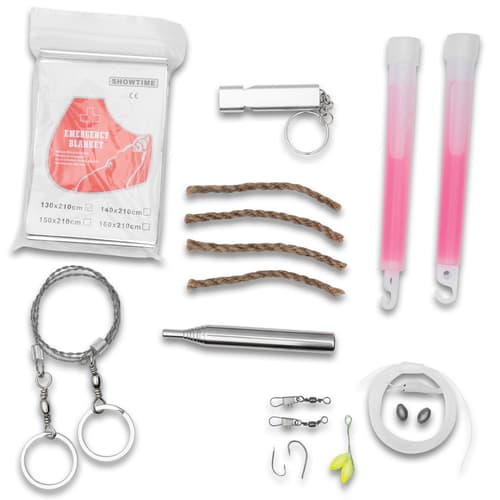Packing For Survival
Packing For Survival

By Adelia Ladson
There are a few reasons why you need an easy-to-grab bag of survival gear including a natural disaster, a manmade disaster, societal breakdown or marshal law. This bag needs to have everything that you need to survive for a few days while you go to your pre-chosen safe location or find a safe location to hide-out in. The key is an organized and efficient packing method that includes only what you need and nothing extraneous.
Start With A Bag
The place that you need to start, of course, is with the bag. It needs to be tough, have a few pockets and be comfortable for you to carry, preferably handsfree. The M48 OPS All-Purpose Backpack is a good choice, so this is the one that we're going to use. It has one main compartment with a deep, inside pocket and two deep pockets, secured with zippers, on the front of the bag. There is lots of MOLLE webbing on the bag and compression straps. It has adjustable, padded shoulder straps and an adjustable, padded waist strap, which will make a big difference if you have to literally "head for the hills". What I really like is that, at the bottom of the bag, are straps to secure a bedroll. Now, let's start packing it!
Main Compartment
The first thing that you need to put in the bottom of the main compartment of the bag is a rain poncho because it makes a good bottom liner for your bag since it’s waterproof. Having a rain poncho with grommets, so that it can also be rigged up as a shelter in worst case scenarios is a must.
Food And Water
The next thing to go in are food rations to tide you over until you can get to a safe location, or the disaster is under control. The 72-Hour Emergency Food Kit from Ready Hour contains 20 servings of easy-to-prepare breakfast, lunch and dinner meals, which averages about 2,000+ calories per day. They're packaged in heavy-duty, resealable pouches with zipper tops and oxygen absorbers have been inserted into them to extend the shelf-life. The cherry on top is that the emergency food was grown and packaged in the USA.
Then, slide in, next to the food kit, the Membrane Solutions Three-Liter Water Filter Bag and Straw, which comes neatly packed in its own storage bag. Easy-to-use and with a three-step filtration, this device will assure you of safe and clean drinking water whatever the source.
One-Gallon Plastic Bags
Now, you need to pack your smaller supplies in gallon-sized zip-top plastic bags to keep them organized or other supplies that need extra moisture protection. In one bag, place any documents that you deem important to take with you like copies of your birth certificate, property deeds and vehicle title or the original documents if they are actually located in your home. Originals of any documents that you have in your home would need to be packed, obviously, at the last minute. Other things to consider are your passport, your will and any financial assets documents. In another bag, place your essential medications like blood pressure drugs, cholesterol drugs, blood sugar control drugs or antidepressants. It’s good to have a month’s supply of these important medications, which you would need to get ahead of time to pack and then rotate out every so often, based on the expiration date. Place two rolls of toilet paper, that has been flattened as much as possible, in the next bag. Believe me, this is a necessity!
Use a bag to store some on-the-go dining tools like the Trailblazer Utensil Set, a package of antiseptic hand wipes, a couple of packs of compressed towels and a pack of Emergency Survival Blankets, which are constructed of a reflective polyester material that has multiple purposes. If any part of your bug-out journey is going to have you out in the sun or in the wilderness, include in one of the gallon bags sunblock and insect repellant. Then, extra zip-top gallon bags and some plastic grocery bags can go in a bag. Place all of these bagged supplies into the main compartment.
Clothes
Really, the last things to consider packing are a change of clothes, underwear and a couple of pairs of socks, since it’s very important to keep your feet dry, especially, if you’re going to be walking a fair distance until you're somewhere safe. This location should be a place that you can get to within a couple of days, preferably part of the trip by vehicle. So, you shouldn’t have to take a week’s worth of clothing with you.
Solar Charger/Power Bank
Packed on top of everything else in the main compartment should be a solar charger power bank and remember that you want to expose your solar charger to the sun whenever you can. The power bank will keep your phone charged up so that you can keep in contact with family and stay up-to-date on what's going on. We have solar charger power banks that have integrated LED lights so that they double as a flashlight, too.
Large Outside Pocket
So that they are easy to get to, put all of your survival tools together in the large, zippered pocket on the outside. Start with a roll of duct tape, a multi-tool like the Trailblazer Mini Pocket Multi-Tool and a firestarter. I like the Micro Sparkwheel because it’s reliable in any weather or environment. The last thing, but very important is a survival knife like the Amazon Jungle Survival Knife. It's a great fixed blade that has a twine-wrapped handle, which houses a mini survival kit including fishing line and hook, needle and thread, a safety pin and a sinker. It also has a compass built into the pommel.
Small Outside Pocket
In the small, zippered pocket on the outside, pack the Compact First Aid Travel Kit because it really is the best first aid kit out there for a survival bag. The rounded EVA case is secured with a sturdy metal zipper, and the supplies are neatly organized inside. You’re getting a total of 85 pieces, assuring that you’re prepared for basic first aid treatment wherever you are. There is room in the first aid kit to include a tube of triple antibiotic cream, lip balm, and rubber bands. For a variety of different situations where you need to protect your hands, also include a pair of Kevlar gloves that will protect them from cuts and scrapes. Another survival tool to make sure that you have is Green Luminous 9-Strand Paracord Finally, add zip-ties, a notepad, pens and a permanent marker.
Bedroll
Like I said above, the backpack has straps so that you can secure a bedroll just in case you have to sleep rough for a couple of days. The Trailblazer Emergency Outdoor Double-Sided Mattress will insulate you from the ground with its 8mm EVA foam construction. It also has a thermal reflective side to reflect your heat back to you and help keep you warm. What I really like is that it has elastic straps to keep it tightly rolled up. Roll up a full-size cotton sheet inside of the emergency mattress, to use as a cover. The ideal, of course, would be that you don’t have to “sleep rough” before you get to your safe location, but you never know what’s going to happen during a disaster situation.
Wool Blanket
The last thing that you need to add is a wool blanket and it can be attached to the side of the pack, using the straps on the side. It will be your sleeping cover, if it's cold or wet, because there’s nothing like wool when it comes to keeping you warm and insulating you against the elements, even if it’s damp. Of course, it's also perfect for wrapping yourself up in as an extra layer of warmth when walking or sitting.
Packing for Survival
If you had to survive in the wilderness for a time period for whatever circumstance or if you had to suddenly leave your home on foot, would you have what you need to survive all packed and ready?
